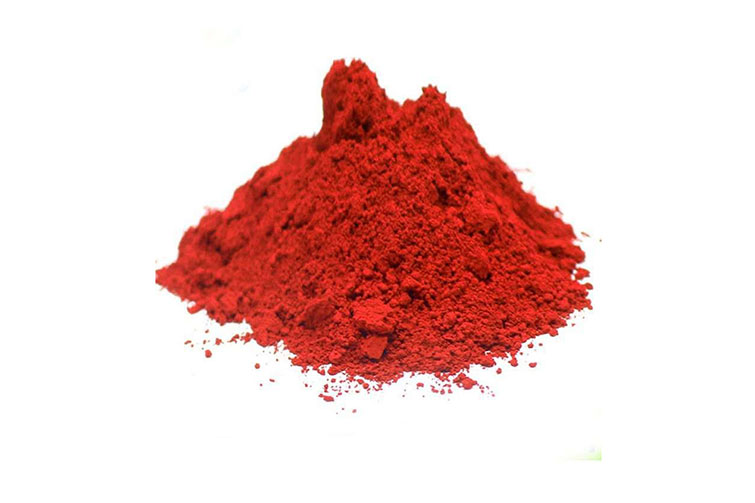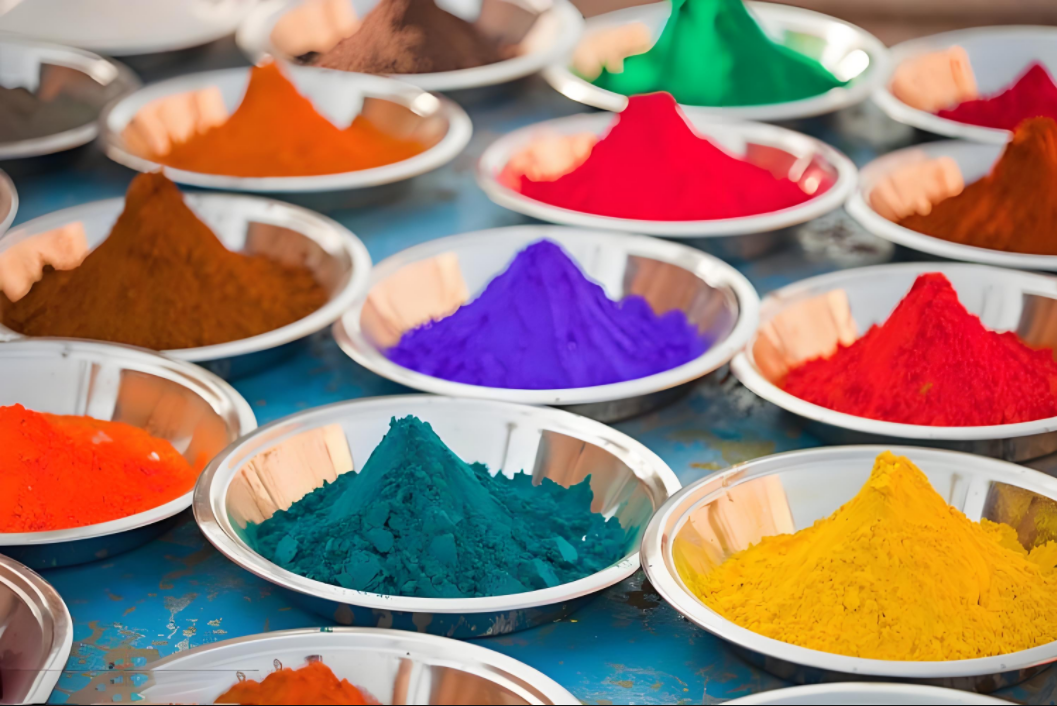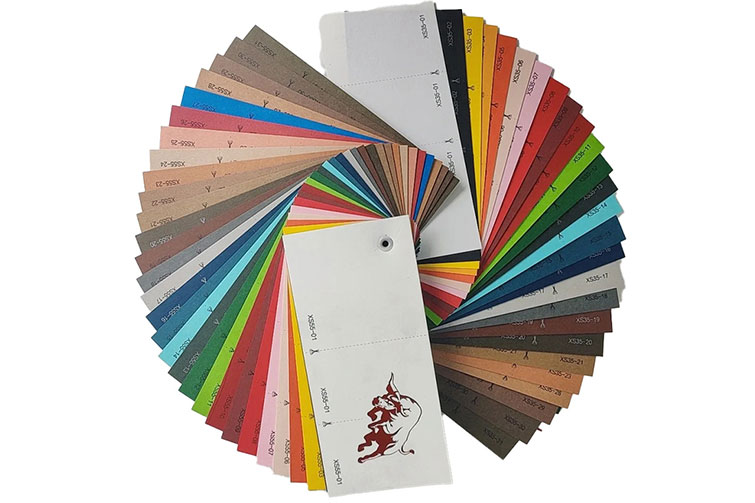

The Development, Classification, and Uses of Dyes
Dyes have played a crucial role in human civilization for thousands of years, coloring our fabrics, foods, cosmetics, and even technologies. From the earliest natural dyes extracted from plants and animals to today’s sophisticated synthetic compounds used in high-tech industries, the story of dyes is one of scientific innovation and cultural significance. This article explores the historical development, classification, and diverse applications of dyes across industries.
1. Historical Development of Dyes
The use of dyes dates back to ancient times. Archaeological evidence shows that natural dyes were used as early as 2600 BCE in the Indus Valley Civilization. Ancient Egyptians used indigo and madder to color textiles, while the Chinese, Greeks, and Romans developed their own dyeing techniques using locally available plants, minerals, and insects.
For centuries, dyes were primarily natural, sourced from plants (like indigo, saffron, and turmeric), animals (such as cochineal and Tyrian purple), and minerals. However, natural dyes often lacked consistency, colorfastness, and availability, making them expensive and sometimes unreliable.
The modern era of dye chemistry began in 1856 with the accidental discovery of mauveine, the first synthetic dye, by British chemist William Henry Perkin. This breakthrough revolutionized the dyeing industry, ushering in the age of synthetic dyes. Since then, synthetic dyes have largely replaced natural ones due to their wider color range, greater stability, and cost-effectiveness.
2. Classification of Dyes
Dyes are classified based on their chemical structure, solubility, and method of application. The main types include:
a. Reactive Dyes
These dyes form covalent bonds with fiber molecules, especially cellulose fibers like cotton. They offer excellent colorfastness and are widely used in the textile industry. Reactive dyes are known for their vibrant shades and wash durability.
b. Acid Dyes
Soluble in water and typically used for protein fibers such as wool, silk, and nylon, acid dyes require an acidic medium. They produce bright colors and are commonly used in both textiles and leather.
c. Basic (Cationic) Dyes
These are used primarily on acrylic fibers, paper, and some plastics. They are highly brilliant and bright but often have lower lightfastness.
d. Direct Dyes
Used mainly on cellulose fibers, direct dyes can be applied directly in an aqueous solution. Though not as permanent as reactive dyes, they are cost-effective and easy to use.
e. Disperse Dyes
These are water-insoluble dyes used mainly for hydrophobic fibers like polyester and acetate. They are finely ground and dispersed in water for application.
f. Vat Dyes
Vat dyes, such as indigo, are insoluble in water but can be reduced to a soluble form for application. After dyeing, they are oxidized to return to their insoluble, colorfast form. They are valued for their durability.
g. Azo Dyes
These contain nitrogen-to-nitrogen double bonds (–N=N–) and are among the most widely used dyes. Azo dyes offer a broad color range and are used across multiple industries.
3. Uses of Dyes Across Industries
Dyes are found in nearly every aspect of daily life, far beyond just coloring clothing. Here are some of their primary applications:
a. Textile Industry
This is the largest consumer of dyes. From jeans and T-shirts to carpets and upholstery, dyes provide color, pattern, and aesthetic appeal to a wide range of fabrics. Modern dyeing techniques also aim to reduce water and energy consumption for sustainability.
b. Food Industry
Food-grade dyes, both natural (e.g., beet juice, turmeric) and synthetic (e.g., FD&C dyes), are used to enhance or restore the appearance of food and beverages. These dyes are carefully regulated for safety and approved by agencies like the FDA and EFSA.
c. Cosmetics and Personal Care
Dyes are used in lipsticks, hair color, eyeshadow, and skincare products. The safety, stability, and skin compatibility of these dyes are strictly controlled.
d. Pharmaceutical and Medical Applications
Dyes are used to color pills and capsules for identification, as well as in diagnostic imaging (e.g., methylene blue, fluorescein). Some dyes also have therapeutic properties.
e. Ink and Printing
Dyes are used in printing inks, especially in inkjet printers and certain packaging materials. They provide high-resolution color and fast drying.
f. Plastics and Polymers
Synthetic dyes are blended into plastics to provide long-lasting color. UV-stable dyes are used in outdoor furniture, toys, and containers.
g. Biological and Chemical Research
Dyes serve as stains in microscopy and as indicators in chemical analysis. In genetics and molecular biology, fluorescent dyes are used to label DNA and proteins.
Conclusion
From ancient roots to modern chemistry, dyes have evolved dramatically in both function and form. Today, they are sophisticated tools that serve aesthetic, functional, and scientific purposes. As industries continue to prioritize safety, sustainability, and innovation, the future of dyes will likely involve more environmentally friendly processes, biodegradable materials, and smart functionalities like color-changing or light-sensitive properties.
Understanding the development, classification, and uses of dyes not only enriches our knowledge of color technology but also highlights the essential role dyes play in modern life.






